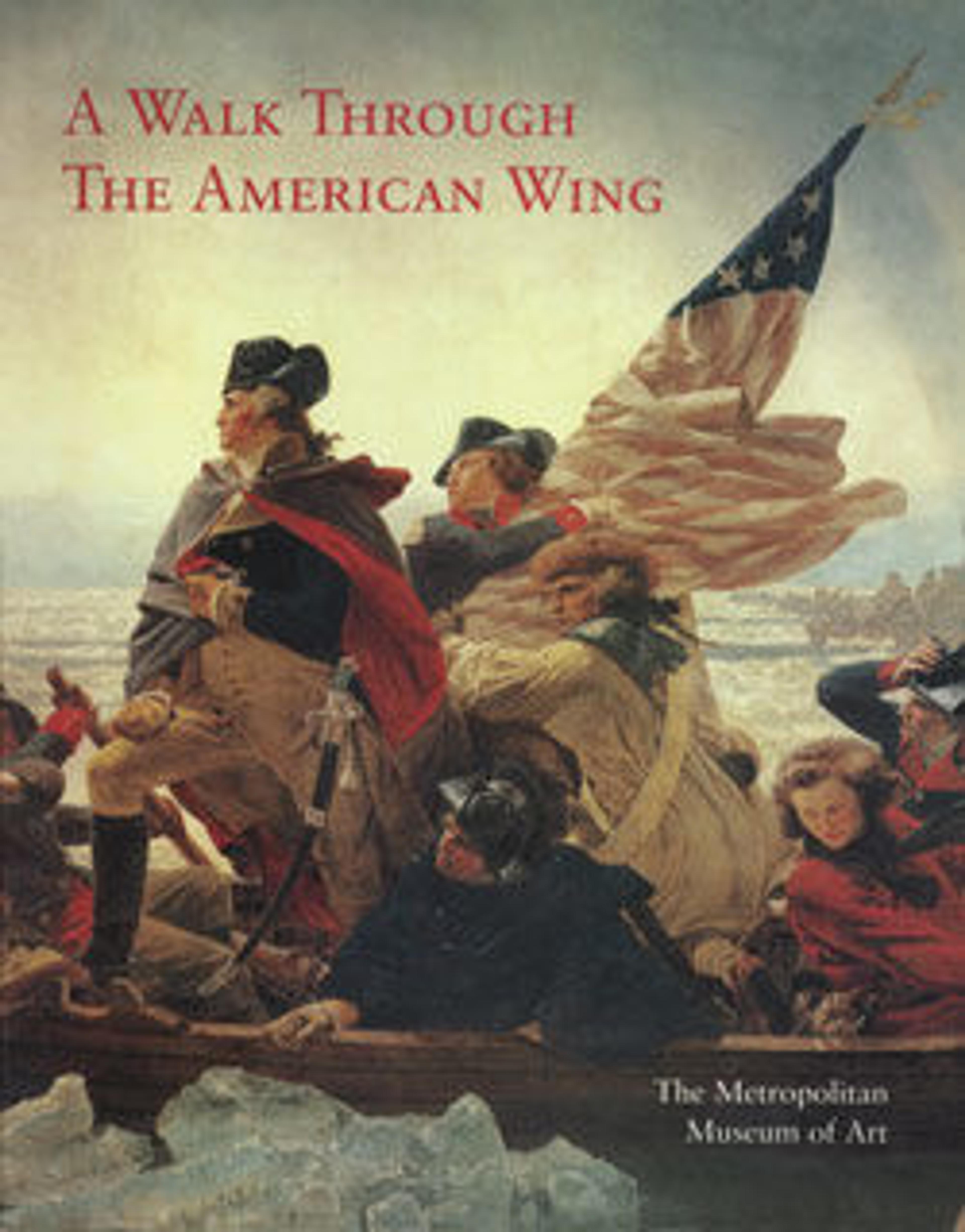The Falls of Niagara
Hicks, a Quaker minister, visited Niagara Falls in 1819 while on a missionary trip to upstate New York. He derived this view of the Canadian side of the falls from an engraving on an 1822 map of North America. The animals on the bank—moose, beaver, rattlesnake, and eagle—are all traditional Euro-American symbols of the “New World.” A one-time sign painter, Hicks carefully lettered a verse by the poet Alexander Wilson around the canvas. He used the text as a literal and interpretive framework to give Niagara Falls religious significance as a manifestation of God’s greatness.
Artwork Details
- Title:The Falls of Niagara
- Artist:Edward Hicks (American, Langhorne, Pennsylvania 1780–1849 Newtown, Pennsylvania)
- Date:ca. 1825
- Culture:American
- Medium:Oil on canvas
- Dimensions:31 1/2 x 38 in. (80 x 96.5 cm)
- Credit Line:Gift of Edgar William and Bernice Chrysler Garbisch, 1962
- Object Number:62.256.3
- Curatorial Department: The American Wing
More Artwork
Research Resources
The Met provides unparalleled resources for research and welcomes an international community of students and scholars. The Met's Open Access API is where creators and researchers can connect to the The Met collection. Open Access data and public domain images are available for unrestricted commercial and noncommercial use without permission or fee.
To request images under copyright and other restrictions, please use this Image Request form.
Feedback
We continue to research and examine historical and cultural context for objects in The Met collection. If you have comments or questions about this object record, please contact us using the form below. The Museum looks forward to receiving your comments.
